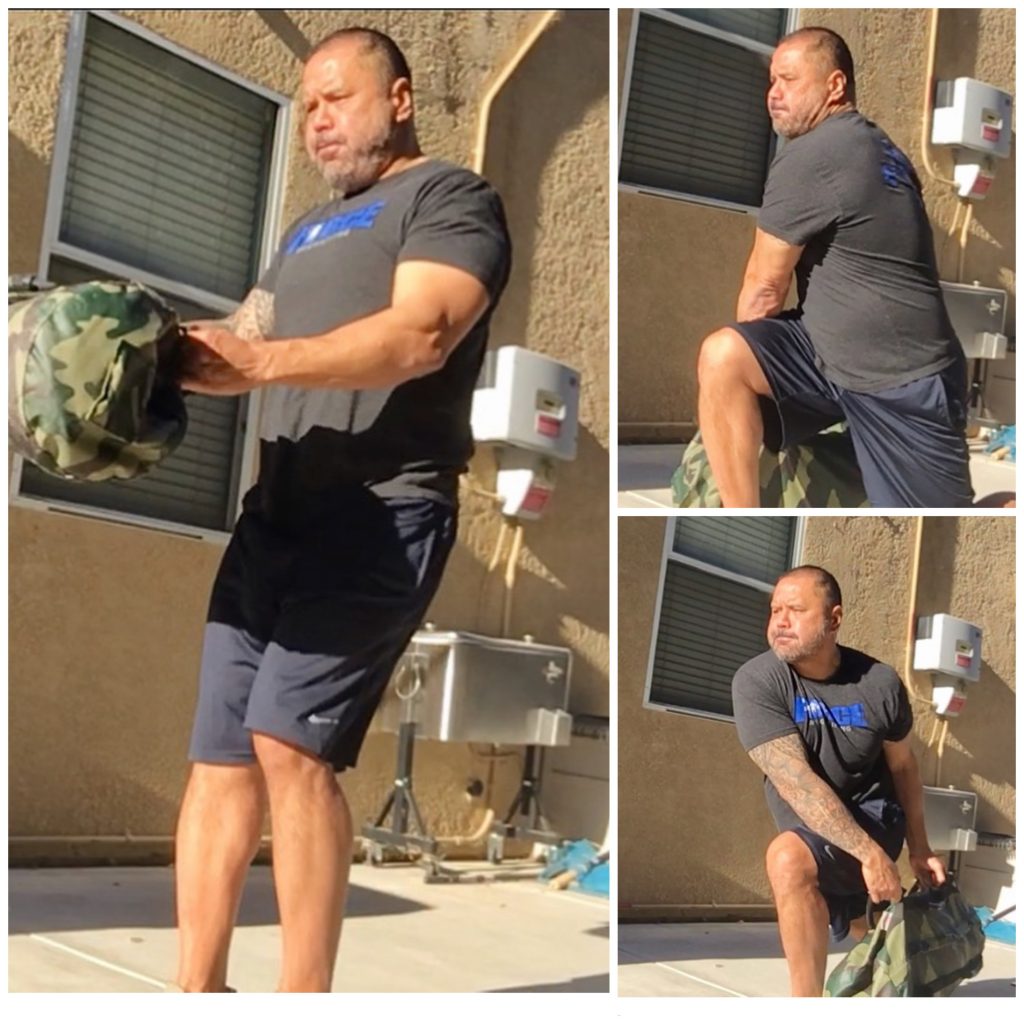3 Keys To Knee Pain Most NEVER Speak About
2025-01-7

When it comes to knee pain you will plenty about things like “strong quads”, probably, “build up your glutes”, maybe even “strengthen your feet”. While all those things kinda, sorta, have an impact on knee pain they usually aren’t as impactful as the issues that people almost NEVER talk about. This is why so many times things like corrective exercise don’t end up producing the results we hope for, because we are stuck in a bodybuilding mentality that really doesn’t meet the more significant causes of knee pain.
Like what?
Deceleration Strength
Most people will never discuss or post about deceleration strength as a key concept in helping knee pain, but research explains it is one of the biggest keys especially in reducing ACL injury…
“deceleration combined with a change-of-direction or cutting maneuver has been identified as the movement that can induce non-contact injuries such as anterior cruciate ligament (ACL) injury (Alentorn-Geli et al., 2009) due to the high level of ACL strain induced by the substantial external knee valgus moment (McLean et al., 2004). Indeed, female soccer players are more likely to suffer ACL injury who tended to have decreased knee flexion angle and increased knee valgus angle compared to males during the critical movement (cutting, change-of-direction change-of-direction), which could induce ACL injury due to the excessive anterior shear forces (Yu et al., 2002).” (PMID: 34707509)
What muscle do you train during deceleration training? Well, ALL of them, that is often why it isn’t “sexy” to discuss online. What does good deceleration training look like? You don’t have to do crazy/high risk exercises. In fact, some of the drills that Cory Cripe shows below are amazing ways to build the foundations to higher level deceleration training.
View this post on Instagram
View this post on Instagram
Learning how to decelerate is one of the best reasons that kettlebells and Ultimate Sandbags can be a powerful tool in reducing the risk of knee injuries. That is why renowned strength coach, Robert Dos Remedios, calls DVRT drills like our MAX lunge one of the most powerful exercises out there!

Frontal Plane Stability
One of the BIG reasons we give such an emphasis to single leg work in DVRT is because it builds tremendous frontal plane stability. Sure, side planks are a great start, but we don’t get nearly the dynamic strength in frontal plane work that single leg exercises can offer. The ability to possess great frontal plane stability has been shown repeatedly to also be a major key in helping knee pain resilience. (PMCID: PMC5783037)
The challenge is that single leg exercises can be beyond the strength and stability that many possess. That is why we look for ways to make more incremental progressions in how we use weights like kettlebells and Ultimate Sandbags, not only to load the body but also provide important feedback on how to create stability.
View this post on Instagram
John Rhodes shows how we can accomplish more of both deceleration strength and that frontal plane stability with these Progressive Kettlebell Movement drop lunge progressions.
View this post on Instagram
Coach Greg Perlaki shows how effective step-ups can be to help our knee pain efforts. We can progress the step-up from the height of the step, direction of the step, or how we load the body during the step-up as well.
Mind-Body Connections
One of the most common types of knee pain come in the forms of both osteoarthritis and even rheumatoid arthritis. These can be very difficult situations to help knee pain because many people who get such diagnosis believe their knees are “ruined”. Research shows this isn’t the case!
“…with a sample size of 1,122 people were included. The results showed that mind–body exercise can effectively improve pain, stiffness, physical function, mental health, depression, and motor ability.” (PMID: 38515124)
These types of practices can be effective not only from training strength, stability, and mobility at the same time, but as research also points out…”Compared to traditional exercises, which target muscle strength and the cardiovascular and respiratory systems, mind–body exercise has additional physiological, psychological, and clinical effects [42]. Fogaca LZ et al. [43] suggested mind–body exercises for different disease fields based on an evidence map, providing a reference for patients and researchers.”
This is where drills from our Myofascial Integrated Movement system (MIM) really can shine!
View this post on Instagram
Cory Cripe shows how MIM can be accessible to a wide array of different ability levels and even taken to more advanced levels as he shows below..
View this post on Instagram
You see, when you actually treat the body as the complex and fascinating organism that it is, you see a MUCH bigger world of results. We have to get past the idea of overly simplified ideas around issues around more sophisticated issues like knee pain. If you want to find out more we hope you will join us for a DEEP dive in our Progressive Kettlebell Movement masterclass starting Jan. 14th HERE or check our our Better Knees Masterclass HERE

© 2025 Ultimate Sandbag Training. Site by Jennifer Web Design.






